At UK Electronics, we’re well aware of how quickly things can change when it comes to technology – and PCBs are no different. This means we’re looking at developments and changes that may impact the work we do as a leading service for PCB assembly in the UK.
This can take the form of new processes, materials, tools, designs and much more. No matter what is discussed, we analyse everything carefully. Our own experts are also looking at new developments to ensure that, as a service, we’re offering the best to every customer.
Every industry and each device requires something different, and with 3D printing becoming a more accurate and viable option, it allows more PCBs to be designed and created for large orders, as well as increasing the capacity to spend more time on the design and testing of a unit for numerous orders.
As our technology changes, we need to look at different ways to integrate the components that allow it to function.
How are PCBs used today?
In the current industry, PCBs are used in every kind of electronic device. These circuit boards can be simple, one-layered units or multi-layered for increasing complexity and improving results. Depending on the device the units will be used with will ensure our PCB design team can create the best components for your needs.
Once done, PCB prototyping and testing is carried out to ensure the unit functions as intended. This step means no resources are wasted and should any unexpected results arise, they can be investigated and corrected before production begins.
The devices we use daily are decreasing in size but increasing in power and have more demands placed upon them. The challenge for us to creating PCBs that can meet these demands within these smaller pieces of technology. New materials and tools help with this but that’s not to say there aren’t other ideas to look at, either.
Changes for the future
While the current design and manufacturing methods of PCBs is still relevant and will be for a while to come – after all, there are many ways to keep advancing – there will always be questions of what’s next.
What are the next breakthroughs and advances to be made? This could be away from the traditional PCB as we know it, moving towards printed electronics. This is a field growing in popularity, using different rules, processes and materials to deliver similar, if not better results than traditional PCBs. Rather than using a reductive method with the materials being used, this is an additive method, making use of smaller spaces to meet all objectives.
This is done not with layers, like current PCB manufacturing, but by printing directly on the surface. This method is not only lighter than PCBs, but cheaper to print and assemble, while allowing more creativity in the design stage. There’s a lot to explore here and we’re watching developments closely.
To find out more abut our PCB design and manufacturing services, get in touch with the team at UK Electronics now and see how we can help.

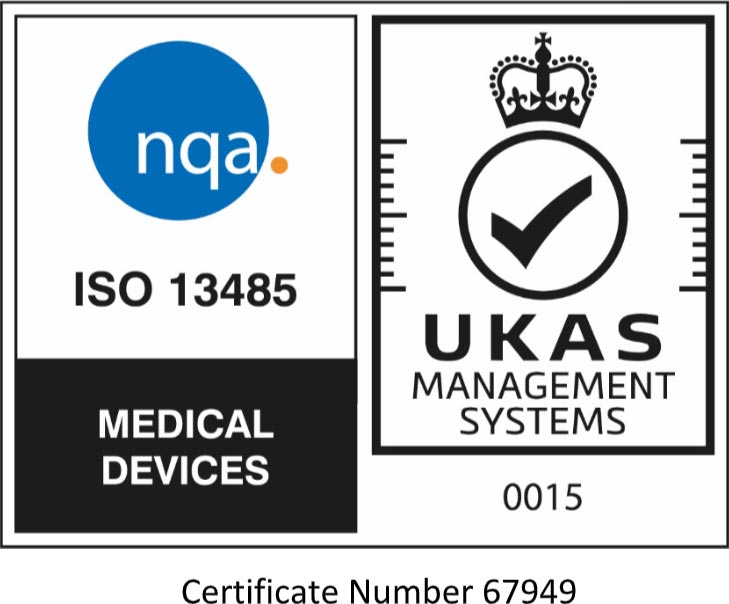
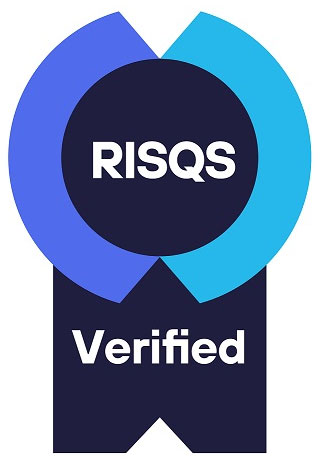




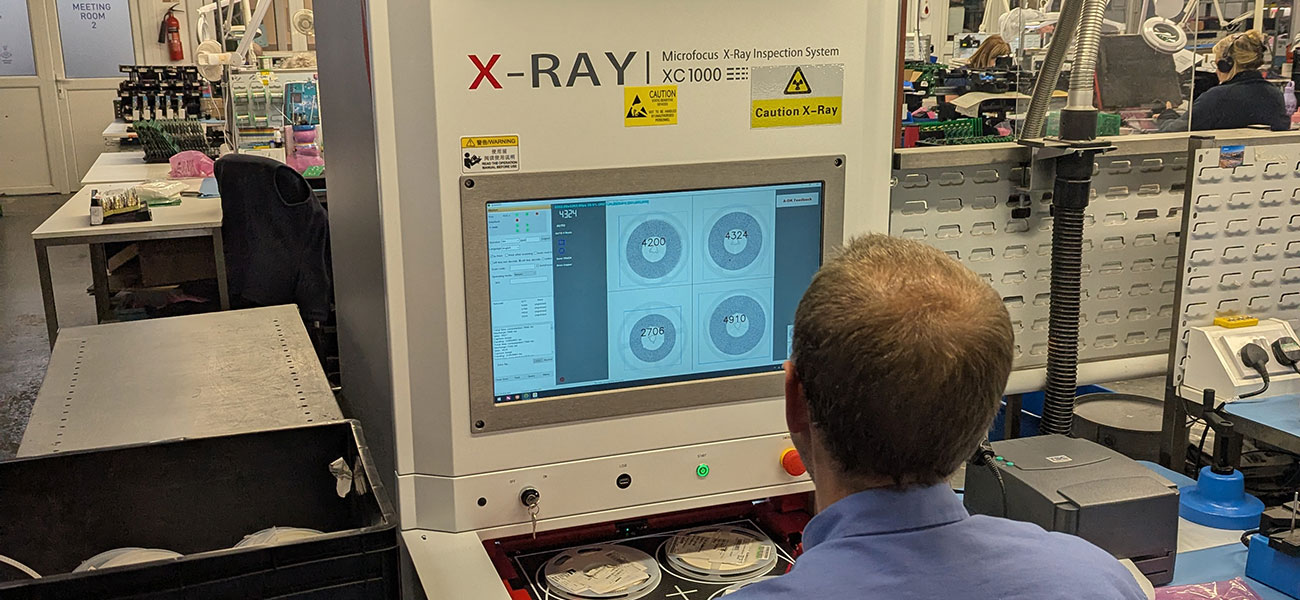
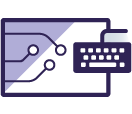 PCB Design
PCB Design 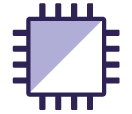 Electronic Assembly
Electronic Assembly 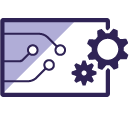 PCB Prototyping
PCB Prototyping  EMC Testing
EMC Testing 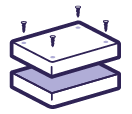 Box Build
Box Build 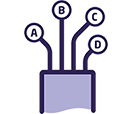 Cable Assembly
Cable Assembly